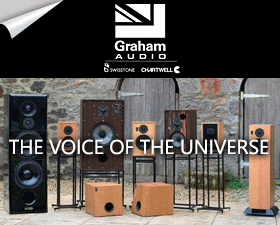Myles, your comment about the subscription fee being insufficient is noticeable to me also as a subscriber. I noticed that the tone in the responses to reader letters offering their criticism is very defensive and hostile. It's almost as if the hardcover magazines just don't care what the subscribers think, as long as the ad dollars keep rolling in.
I think the whole reviewer model is defunct. The problem with almost all reviewers is they just can't bring anything valuable to the review. Very few reviewers have an acceptable listening space so there's no valuable baseline. Why can't these magazines get the manufacturers to chip in to build a single high quality listening space? The reviews should be done in one high quality space. That would take care of the reviewers that are into it just for the freebies and would also offer a high quality baseline for comparison.
C'mon when push comes to shove it's still a business. Printers, developers, writers, etc. all need to be paid. How much free advice do you give away?
All I was stating that running an audio or any other magazine costs money and subs don't pay for the magazine. Advertising does. Why do you think HP finally had to accept advertising? He had to pay himself a salary.
As far a reviewers and the reviewing process being obselete, hey that's your opinion but I don't think it's very realistic. Those few reviewers only into it for the "freebies" are quickly weeded out. And in fact, I have a hard time thinking of anyone that I know that fits that category. Besides, do you think that JA tolerates anyone on his staff who doesn't turn their reviews in on time?


















